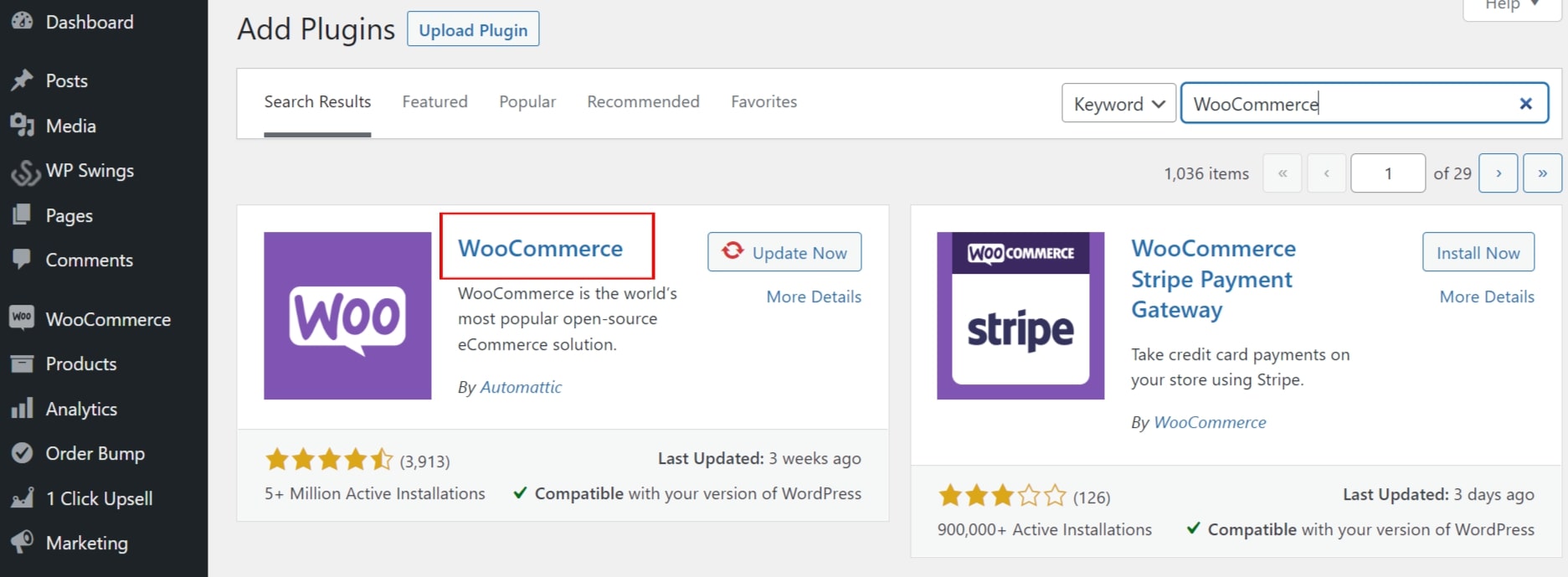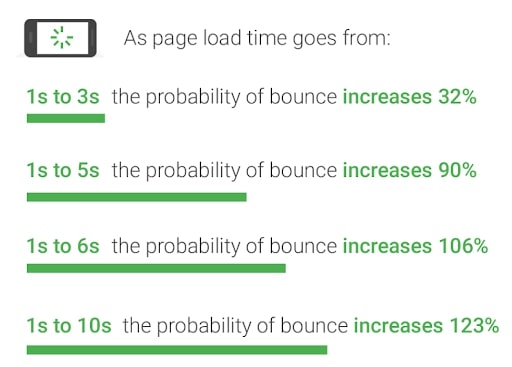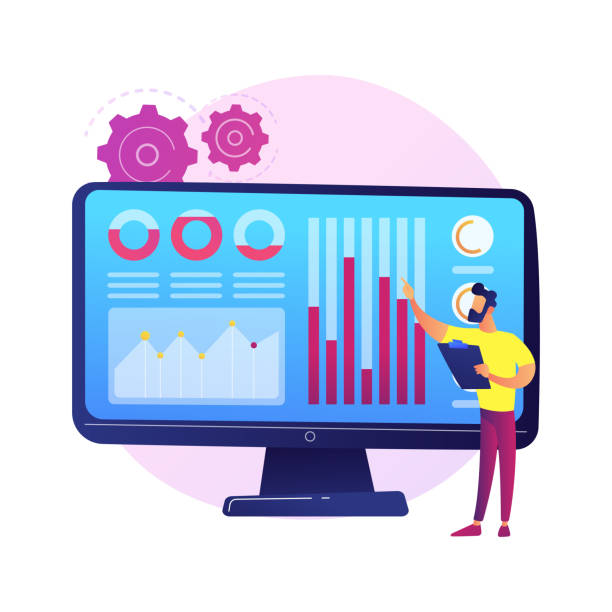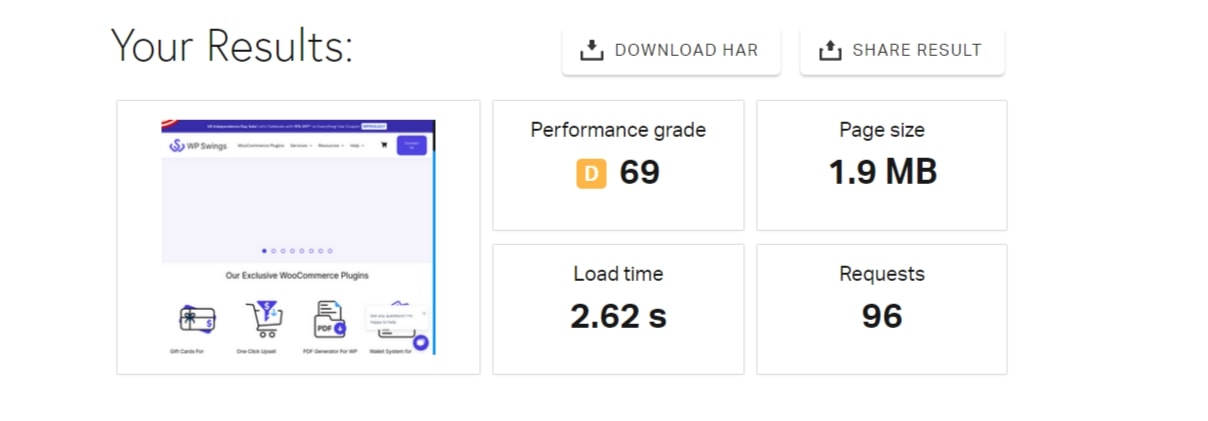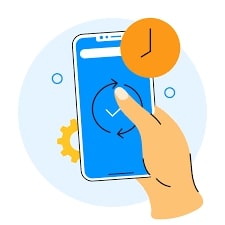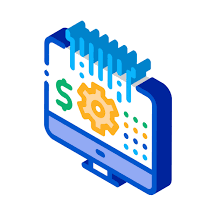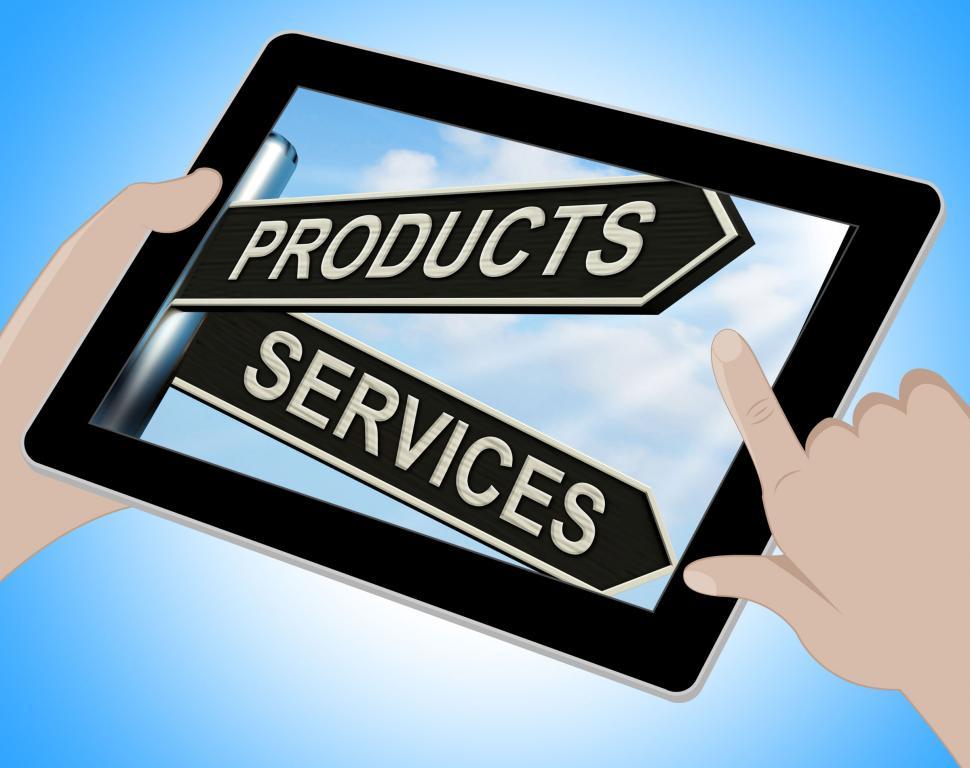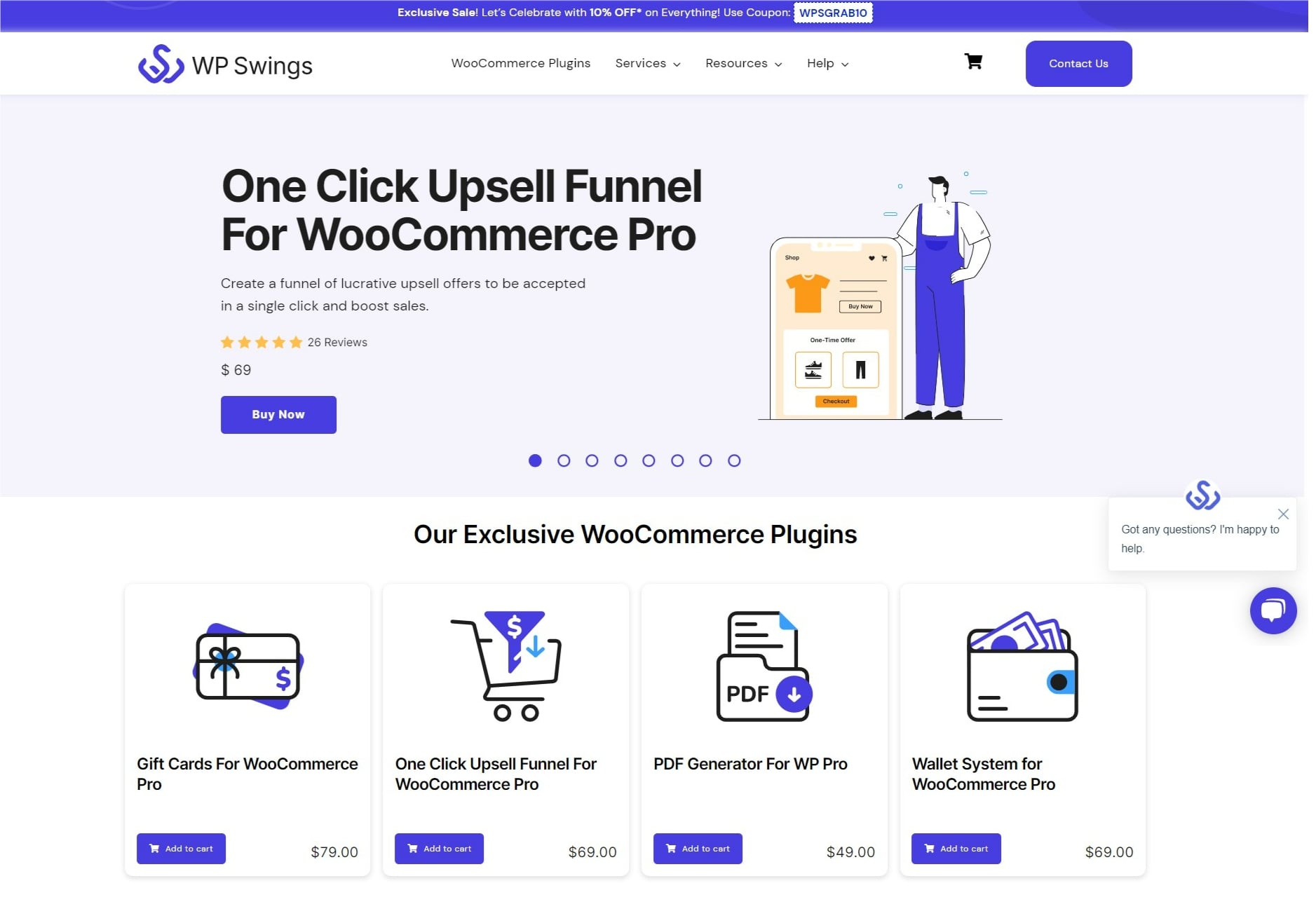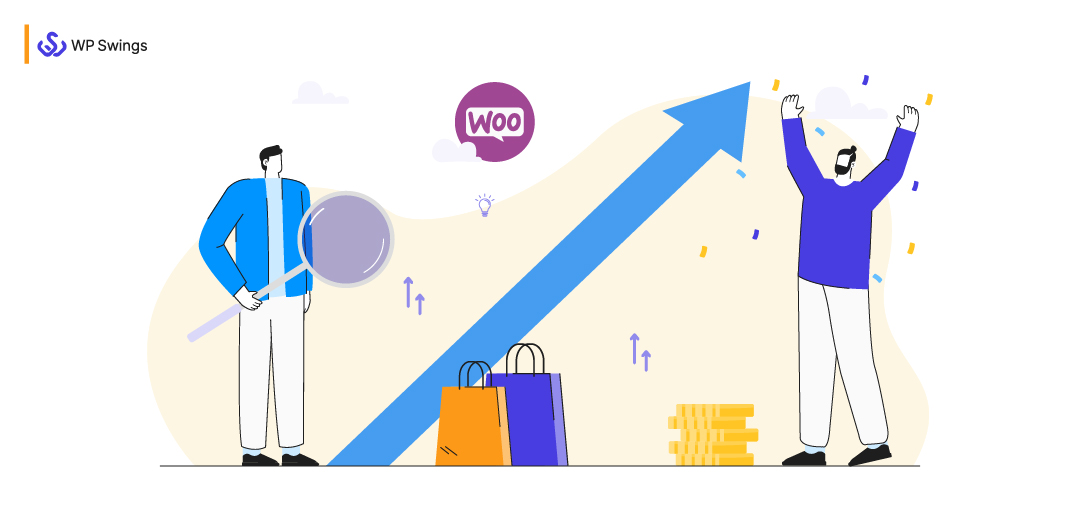
Learn how to scale WooCommerce store and optimize so that it can manage traffic peaks and large numbers of concurrent transactions without losing customers.
If you are running a WooCommerce store…you probably have growth in mind. Good traffic. Or more leads, higher sales, increasing customers, and what not! But, just because you are growing at a faster rate doesn’t mean SUCCESS. Growing your store while continuing to deliver a stellar user experience is what leads to a business to win.
But how do we do that 😕?
As your website grows, it demands for a strategy. And for any growth strategy is— you must scale WooCommerce store first. However, scaling WooCommerce calls for preparation, both on the company and web hosting fronts.
We frequently hear the misconception that WooCommerce cannot scale. But the truth is that WooCommerce is a fantastic option for big stores because of its versatility and unmatched developer community.
Keep reading and find out more about WooCommerce’s benefits for your expanding store, as well as how to get ready for a lot of products, orders, and site traffic.
In This Article You Will Learn About:
- Scaling Your Store — the True Meaning
- What Happens When You Do Not Scale WooCommerce Store?
- How Does Non-Scaling Affect Your Business?
- How to Scale WooCommerce Store?
- Examples of Some Large Scale WooCommerce Stores
- How to Test Your Store’s Performance?
- Available Extensions
- Start to Scale WooCommerce Store Now!
Scaling Your Store — The True Meaning
Scaling is a very broad concept. Typically, when we think of scalability, traffic is the first thing that comes to mind.
The more the traffic, the better your store is. Right? Actually, not quite.
Increasing website visitors is crucial. However, the overall number of pageviews does not necessarily directly affect your revenue. For instance, even though your traffic is increasing, it’s possible that the visitors are uninterested in your offerings or are coming from the wrong place.
Scaling revenue growth is an option that brings us closer. Although increasing revenue is crucial, it cannot be compared across different stores. The total number of orders might be a more precise scaling metric. Meaning, we are focusing on the proper traffic and that customers are making purchases.
Scaling refers to the capacity to expand your online store while maintaining performance and user friendliness. And these are two crucial areas that you shouldn’t ignore if you want to keep raising revenue.
To scale WooCommerce properly, you need both of the following to be active:
- more traffic coming from relevant sources
- a rise in the number of orders
Your conversion rate, or the percentage of traffic that actually makes a purchase from your store, is the link between these two KPIs. Growth without a high conversion rate is not particularly advantageous.
Keep the aforementioned in mind as you consider scaling your store.
What Happens When You Do Not Scale WooCommerce Store?
Source: Think with Google
There are a number of indicators that your WooCommerce store is not scalable. For instance, during peak hours, you might notice a rise in loading times or sluggish performance while navigating the store. Also, you can see delays after carrying out operations like updating a basket, browsing products, or processing orders from the backend.
All of these issues arise when your server is unreliable or slow while handling visitors and consumers to your store. As a result, your site cannot scale.
Your performance issues have now turned into scaling issues if your website consistently fails to complete the necessary activities in a timely manner…becoming much worse with increased traffic.
And as a business owner, you want more traffic!
Listed below are the instances of how your website could experience scale problems.
Decline in Performance
The performance of your online store as a whole should be your primary concern. If there is an increased volume of requests — the performance of the server suffers and further unable to handle any website traffic. This is because the amount of traffic, visitors, and cart processing your site handles may cause your server’s CPU and RAM to run out. When a server reaches its full capacity, it will either completely crash or become unavailable for a while, both of which are obviously very BAD for business.
Only a Few PHP Developers and 504 Errors
If your website can only use a certain number of PHP developers on your current hosting, then more requests will be queued, which will result in increased latency problems. As a result, there may be instances where the server issues a 504 timeout error because it is taking too long to receive a response to handle a customer’s request for a service on your website.
Intensive Memory Use
The amount of RAM that is accessible has a limit, just like your disc storage does. Numerous symptoms could show up if RAM is inadequate. What will happen is that some components of your system will run out of room and get degraded, leading to ultimate failures of various kinds.
PHP memory exhaustion is a very frequent problem that is easier to spot. This could occur when your website is serving “heavy” queries, such as editing huge products or pages with extensive category blocks.
Code that has been improperly written is usually to blame. Your consumers will start to experience a “white screen of death” or 500 Internal Server problems if the server doesn’t have enough PHP RAM left.
Higher Bounce Rate
You might notice a higher bounce rate (in Google Analytics). This is because your website’s user experience is directly impacted by your site’s (and server’s) slow performance. When latency (the time it takes for a website to respond to a request before sending it back) interferes with your consumers’ ability to navigate easily or locate the products, it has a negative impact on their buying experience. This ultimately discourages customers from visiting your store.
Want to Fix High Bounce Rates On WordPress?
Additional Abandoned Carts
There will be more carts that have been abandoned. Cart abandonment is also linked to poor user experience and performance. When the basket updates too slowly or your server generates a 504 timeout error in the middle of the checkout, customers give up on their purchase.
How Does Non-Scaling Affect Your Business?
The fact that the aforementioned list severely harms your business shouldn’t be a surprise. The better you scale WooCommerce store, the better the business goes. The following issues will arise for you as a business owner if your WooCommerce store doesn’t scale.
Loss of Income
The quantity of online shoppers and the number of successful transactions they make significantly affects your revenue. In other words, your customers need and demand a smooth shopping experience from the moment they enter your store until they leave. This is impacted if your online store experiences scalability problems that cause it to become slow or unresponsive. Both severely impair business operations and income generation.
Reduction in Search Engine Position
The scaling and performance difficulties affect more than just site visits. Performance is measured and taken into account by search engines like Google as one of the ranking variables. They encourage website owners to do this because improving the Core Web Vitals of their websites will directly improve the user experience. A poor user experience is a result of poor performance. An overall decline in performance will lower your store’s search engine position.
Lost Reputation
Customers search for better alternatives if the present solution does not live up to their expectations in the highly competitive world of online enterprises. Every time a customer encounters poor performance or a timeout problem while engaging in an online transaction, your business suffers.
Low Return on Marketing Investment
When your WooCommerce store is not scaling successfully, the ROI on the marketing efforts will be incredibly low. These marketing initiatives may perhaps do more harm than good. They are meant to attract new clients to your online store, but when the server cannot handle the increase in traffic, the shopping experience is ruined, reflecting poorly on your company. The complete opposite of what you intended to accomplish.
How to Scale WooCommerce Store?
You now know what to look out for as you expand your business and how to do it properly to boost sales. It’s time to concentrate on the actual WooCommerce components that need to be adjusted to ensure optimal site performance now that your store traffic and order volume have increased.
1. Choose the Host Provider Which Is Right for You
Your hosting environment plays a significant role in how much traffic your store can handle. If your server is unable to support a developing website, then you have a significant problem before you ever get started.
Successful scaling can be influenced by both your hosting provider and the package you select.
Cloud Hosting
Over time, your little online shop will expand and need additional server resources. You must therefore consider expansion at this time.
Always make sure the solution provider lets you add server resources or change the package options when selecting a hosting provider for your WooCommerce store.
Because they offer variable resource distribution, cloud hosting solutions are the best option in this situation.
Please conduct a thorough investigation of a hosting provider’s reviews, paying particular attention to the customer assistance. Make certain that customer service is dependable and accessible by phone, live chat, or email. Most essential, these services ought to be offered around-the-clock.
Why is there a need to change the WordPress host?
Assurance of Uptime And Security
Your WooCommerce site’s uptime and security are equally important factors.
A website’s uptime is the amount of time it is active. A site may occasionally go offline, although this should be infrequent. Always look for hosting with an uptime rate greater than 99 percent.
Get an SSL certificate that will safeguard customers making online payments from your store to provide the highest level of security.
Other than your online store’s security and uptime, there are a few other things to take into account. If you’ve purchased hosting from a reputable company, your hosting provider will likely take care of many of these.
Software security – To prevent any security breaches, always upgrade your MySQL and PHP versions.
Malware Scanning – In addition to doing malware scans on your website, you should also check your servers to see if there have been any hacks.
Your data and files are protected by a firewall. In other words, it serves as a deterrent for hackers trying to access your systems.
Leveraging Load Balancing
Load balancing is the process of distributing traffic to a single IP address across a variety of servers and protocols. In other words, rather than limiting it to a single server, you can distribute the processing loads among other nodes.
When to Use Load Balancing and Why
When there is a spike in traffic, load balancing can assist keep your online store operational. It can also expand with you as your WooCommerce store gains in popularity. Here are the two primary applications of load balancing:
Reduces Failure Redundancy and failover: By lowering the risk of failure, you may boost uptime. In the event that one node fails, you may always switch the traffic to the other nodes.
Load Distribution: After your website becomes well-known, you will need to switch from a single server to a twin server to accommodate the ongoing expansion of your online store.
2. Your Site Code Should be Cleaned
Code optimization is one of the most crucial—yet sometimes ignored—aspects of growing WooCommerce. If the code on your website is messy and disorganized, scaling it as your company expands will be far more challenging.
By optimizing its codebase, you may increase the scalability of your WooCommerce store. This can be done by:
- Lowering HTTP request volume
- Reducing database query costs
- Saving static resources in cache
- Deleting useless code
- Smaller file size
As your company expands, it will be simpler to add new features and enhance performance if you clean up the code on your website.
3. Update Everything
By keeping WordPress core, themes, and plugins up to date, you can maintain your website running quickly and secure at the same time. You can enable auto-upgrades using the free Jetpack plugin if you don’t want to worry about manually carrying out updates each time one is released.
We do advise testing on a staging environment before putting large upgrades live. This might assist in avoiding any potential issues for a running store.
4. Catch It If You Can Cache Strategically
Utilizing a caching system is one of the best ways to increase the scalability of your WooCommerce store. In order to serve your website visitors more quickly, caching temporarily stores a copy of your website. When a user initially arrives at your home page, it will load normally. Instead, a pre-loaded, saved version of the page will be there when users come back, saving their browser from having to work as hard.
Caching must be configured properly, though, or you risk doing more harm than good.
You can securely cache pages with a lot of static material, such as your About, FAQ, and Contact pages…category and product pages. However, it’s crucial that you don’t cache the Cart, My Account, or Checkout pages because they show data that is particular to each user.
You may set up caching for your online store with plugins like WP Super Cache or W3 Total Cache. You can appropriately configure website caching using these in particular.
5. Content Delivery Network (CDN)
Utilizing a content delivery network is one of the best ways to increase the scalability of your WooCommerce store (CDN). A CDN will aid in accelerating the content delivery of your website to users all around the world. This might be very useful if a lot of customers come to your store from different countries.
A CDN will also assist in reducing the cost of your site’s bandwidth. You can lower your hosting costs by shifting some of the traffic to a CDN.
It’s crucial to set up a CDN if you want to scale your WooCommerce store. It will lower costs while enhancing performance.
Boost your website’s performance with WordPress CDN!
6. The Testing
a. Performance Testing
It leverages how a WooCommerce store performs under normal circumstances. How quickly do the pages load? How long does it take to display the shopping cart during checking out? Performance testing has all the answers.
It’s no secret that users interpret a shopping cart or checkout as an eCommerce site’s actual performance. When that isn’t the case, they presume that the rest of the webpage is cached. Websites with high traffic volumes are frequently less cacheable.
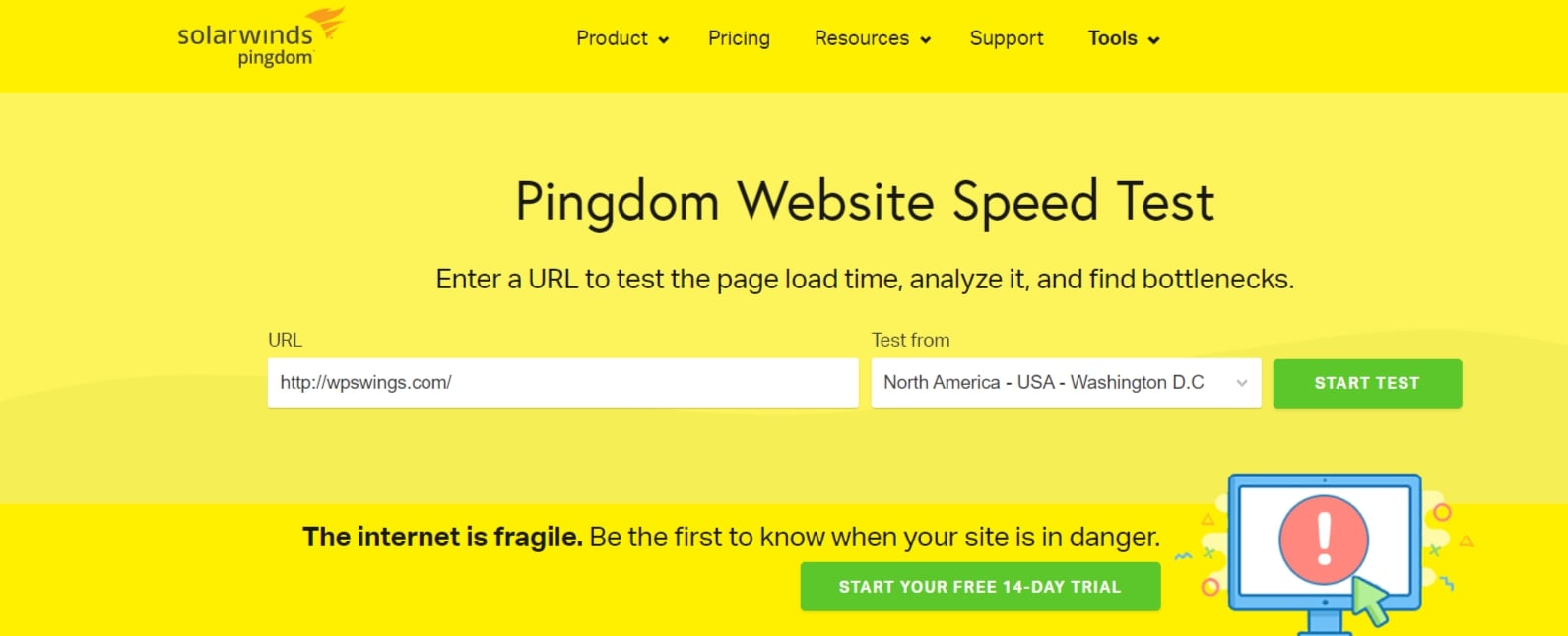
b. Load Testing
Using load testing, you can examine how well WooCommerce performs under stress. For instance, it answers concerns like: How many users can your online business support before it begins to operate slowly? You should take the following five factors into account as you scale your WooCommerce website:
1. User navigation should be reflected in test cases
2. Your hosting provider must be aware of your testing
3. The Setting Must Complement Production
4. Avoid performing front-end testing
5. Verify if the tests are effective
7. Utilize Multi-User Accounts
The number of employees who require access to the store will increase as your WooCommerce business grows. The management of users and permissions may become complicated as a result. The strongest prevention against this is the usage of several user accounts.
You can grant various users different levels of access with multi-user accounts. You may, for instance, grant your sales team access to the products they require while limiting their access to other retail locations. Additionally, you can set up automated procedures to handle jobs like inventory control and order fulfillment.
You can maintain your WooCommerce store operating efficiently even as it grows by using multi-user accounts.
8. Separate Products and Services
The first step in scaling your WooCommerce store is to differentiate your products from your services. It gets harder to keep track of all your products when you have too many of them. Customers may find it challenging to find what they need as a result, but inventory management and order fulfillment are also made more challenging.
The fact that not all products are made equally is another issue to think about. You might have some products that sell better or have a bigger profit margin than others. You may improve your productivity and focus on the most crucial aspects by separating your products and services.
9. WooCommerce Extensions and Plugins
Reduce the number of third-party extensions and plugins you use on your website as another facet of scaling WooCommerce. While some plugins can significantly boost the performance of your WooCommerce store, others might potentially worsen it.
Before adding a new extension or plugin to your store, always consider whether it will help your company. If not, you should think about getting rid of it to increase scalability.
You must keep in mind that not all addons are helpful for every store when growing WooCommerce. Some even have the potential to negatively impact performance, which is never ideal when trying to scale online operations. This is why it’s crucial to properly assess each one before putting it on your website.
Examples of Some Large Scale WooCommerce Stores
The following are the examples of few large websites that have scaled WooCommerce stores:
1. WP Swings
WP Swings is, by all means, the most trusted WooCommerce plugin store dealing in a wide range of WordPress plugins. The website is built using the Avada child theme together with the parent theme, as said by wpthemedetector.
2. Tarox.co.uk
Over 40,000 items are available in the stores of Tarox.co.uk, a firm with headquarters in Great Britain that deals in automotive parts. They are one of the biggest suppliers of vehicle parts worldwide, serving almost all developed nations. You can find out the shipping costs for each nation on their website. SagePay, a reputable payment gateway, handles the processing of payments.
3. Hello Subscription
A well-known discovery platform offering reviews, comparisons, and a database of subscription boxes. Hello Subscription helps to find your next favorite product, and get fantastic deals on things you use every day with subscription boxes.
How to Test Your Store’s Performance?
To make sure that your website loads quickly and functions at a high level, use the tools listed below:
- Add-to-cart calls can be tracked with the WooCommerce Google Analytics extension which is a reliable indicator of server performance.
- Google Chrome comes with a performance analysis tool that details which components are taking the longest to load and displays how long it takes for your business to load overall.
- You may test the speed of each page and receive recommendations for how to speed up load times using website speed testing tools like GTMetrix, Pingdom, and Google PageSpeed Tools.
- By developing believable scenarios that resemble the traffic, client counts, and behavior that your store anticipates, you may load test your website.
Available Extensions
A few extensions that can aid with scaling are listed below:
Want your online store and your warehouse inventory to be in sync? Scanventory performs exactly that; all from your smartphone. You can create product labels using the WooCommerce dashboard, and you can edit products using the app.
QuickBooks Integration for WooCommerce:
Manage your stock in bulk with this extension. You can order products by name, ID, SKU, or stock quantity, and you can filter them based on kind, stock status and more.
With the aid of the cutting-edge shipping and fulfillment app ShipStation, you can ship more quickly and more economically. It provides useful customization options for tracking pages, shipment labels, packing slips, and emails.
Your website’s server can function more effectively if you offload tasks like image optimization, marketing automation, accounting, customer service, and A/B testing.
Start to Scale WooCommerce Store Now!
We covered nine different scaling tactics that any WooCommerce store owner should employ. You can avoid the typical scaling issues that many other organizations experience by using these tactics and adopting a stress-free attitude.
With a free edition of WordPress’ WooCommerce Custom Fields, updating your store is simple. Every WP Swings plugin offers a seamless experience on your WooCommerce-based eCommerce stores. Do let us know in the COMMENT section about your store and how you managed it while growing on a large scale.

